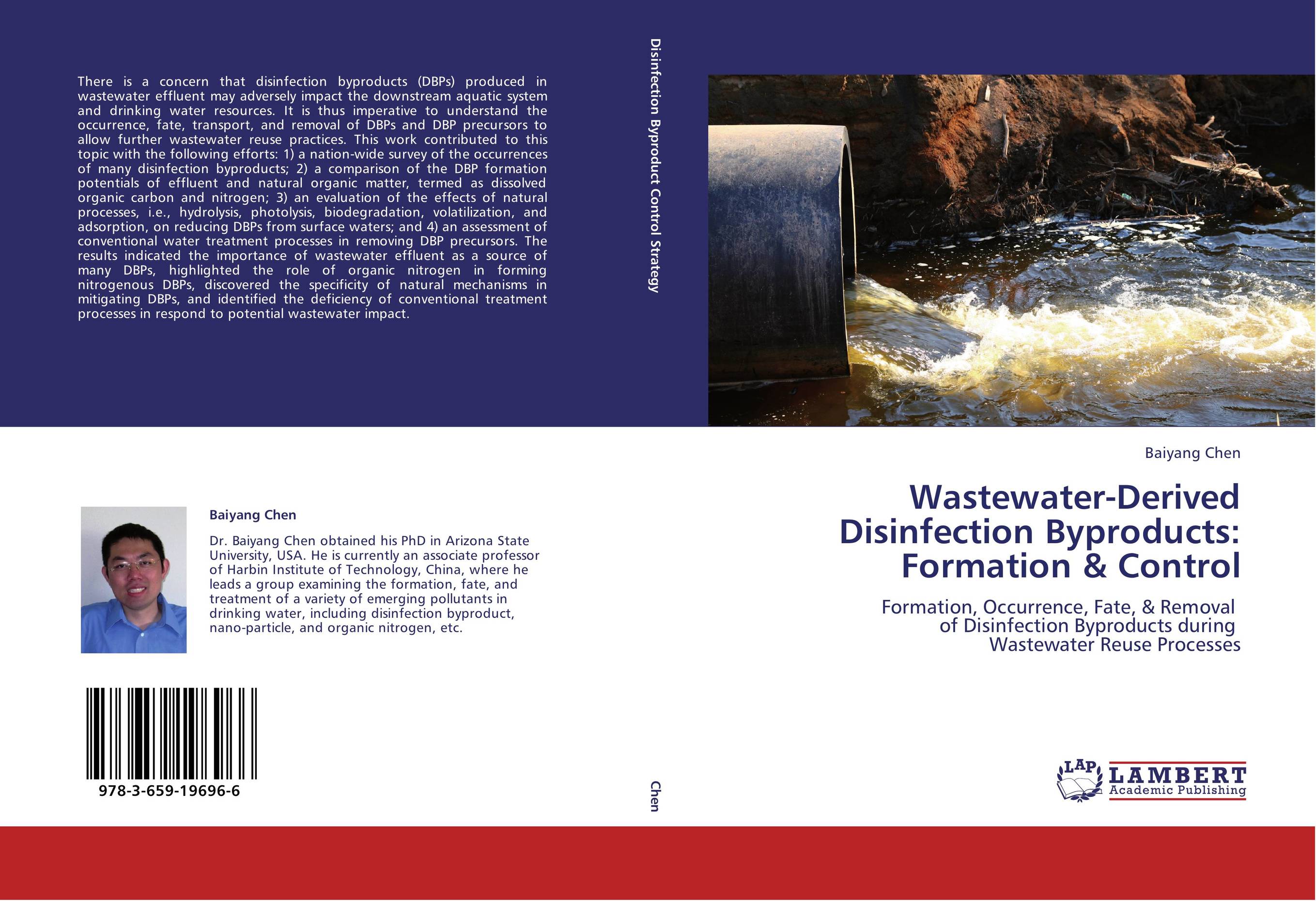| Поиск по каталогу |
|
(строгое соответствие)
|
- Профессиональная
- Научно-популярная
- Художественная
- Публицистика
- Детская
- Искусство
- Хобби, семья, дом
- Спорт
- Путеводители
- Блокноты, тетради, открытки
Wastewater-Derived Disinfection Byproducts: Formation & Control. Formation, Occurrence, Fate, & Removal of Disinfection Byproducts during Wastewater Reuse Processes

В наличии
| Местонахождение: Алматы | Состояние экземпляра: новый |

Бумажная
версия
версия
Автор: Baiyang Chen
ISBN: 9783659196966
Год издания: 2013
Формат книги: 60×90/16 (145×215 мм)
Количество страниц: 428
Издательство: LAP LAMBERT Academic Publishing
Цена: 69230 тг
Положить в корзину
| Способы доставки в город Алматы * комплектация (срок до отгрузки) не более 2 рабочих дней |
| Самовывоз из города Алматы (пункты самовывоза партнёра CDEK) |
| Курьерская доставка CDEK из города Москва |
| Доставка Почтой России из города Москва |
Аннотация: There is a concern that disinfection byproducts (DBPs) produced in wastewater effluent may adversely impact the downstream aquatic system and drinking water resources. It is thus imperative to understand the occurrence, fate, transport, and removal of DBPs and DBP precursors to allow further wastewater reuse practices. This work contributed to this topic with the following efforts: 1) a nation-wide survey of the occurrences of many disinfection byproducts; 2) a comparison of the DBP formation potentials of effluent and natural organic matter, termed as dissolved organic carbon and nitrogen; 3) an evaluation of the effects of natural processes, i.e., hydrolysis, photolysis, biodegradation, volatilization, and adsorption, on reducing DBPs from surface waters; and 4) an assessment of conventional water treatment processes in removing DBP precursors. The results indicated the importance of wastewater effluent as a source of many DBPs, highlighted the role of organic nitrogen in forming nitrogenous DBPs, discovered the specificity of natural mechanisms in mitigating DBPs, and identified the deficiency of conventional treatment processes in respond to potential wastewater impact.
Ключевые слова: precursor, Disinfection byproduct, emerging contaminant, fate & transport, wastewater effluent



